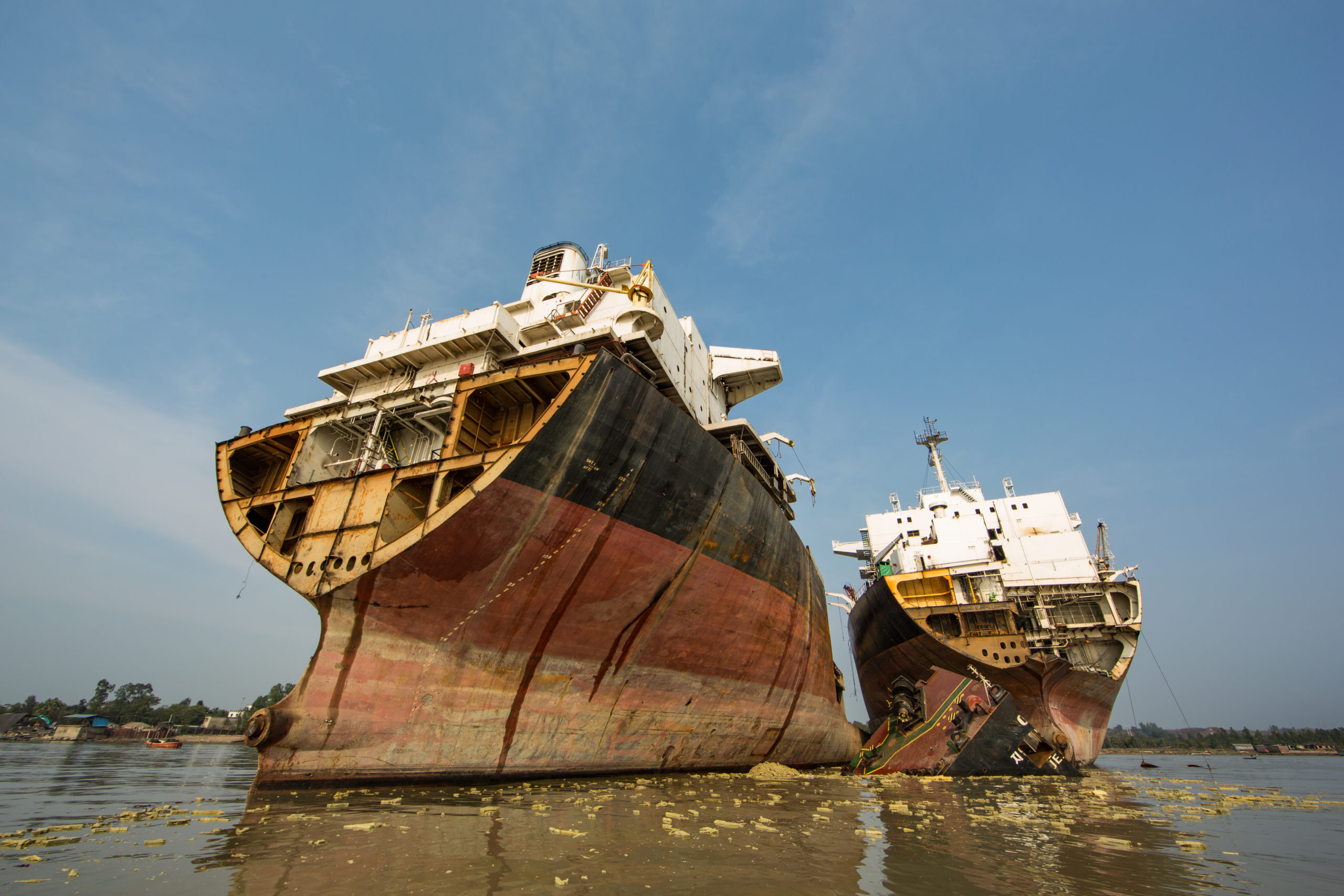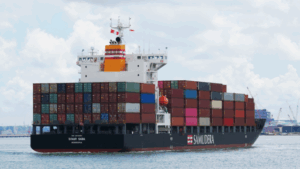Europe’s shipping sector is sitting on a massive resource of high‑quality steel that is currently being processed under unsafe conditions abroad at end-of-life. A new report shows that with the right policies, including clear traceability, stricter enforcement, and financial incentives, we can turn ship scrap into a cornerstone of a circular, low‑carbon steel economy.
“This is not just an environmental win – it is a strategic opportunity for European industry,” says Benedetta Mantoan, policy officer of NGO Shipbreaking Platform.
In Europe, the steel industry’s carbon footprint is significant, accounting for approximately 5% of emissions, amounting to approximately 190 million tonnes of CO2. Reducing the sector’s climate footprint is essential to achieving the EU’s decarbonisation goals.
NGO Shipbreaking Platform, in collaboration with Sandbag – Smarter Climate Policy and the University of Tuscia, publishes a report on the role of scrap steel from end-of-life ships in the decarbonisation efforts of the European steel industry.
The steel industry expects a rising demand for scrap in the coming years due to demands for lower carbon footprints and the implementation of new steelmaking technologies.
“However, without clear data on composition and certification, much of the steel’s value is lost,” says Mantoan. “Only by enhancing traceability and documentation will the seamless integration of ship scrap into Europe’s industries, including direct reuse in construction, be possible, and significantly boost both economic and environmental benefits, while optimising recovery rates.”
As more ships reach the end of their operational life, the high-quality scrap steel they contain presents a valuable opportunity for the EU steel industry to reduce its carbon emissions.
To achieve the European Union’s climate targets, the steel industry must rapidly shift from carbon‑intensive blast furnace steelmaking to low‑carbon electric arc furnace technology, which can incorporate high amounts of scrap steel, the new report highlights.
As this shift will require steady access to high-quality scrap, boosting capacity to recycle ships in the EU becomes key.
Ship Scrap in Numbers
– Only 1% of European ships are currently recycled in the EU;
– 70-95% of a ship’s weight can be recovered as scrap, making end-of-life vessels a largely untapped resource;
– Recycling ship steel can cut CO₂ emissions by up to 80% compared to the use of virgin materials, while using roughly 40% less water and energy;
– Forecasts show a surge in EU/EFTA‑owned ship demolitions throughout the next decade, peaking at approximately 12 Mt of scrap steel per year. This could satisfy 10‑15 Mt of the EU’s annual scrap steel demand – roughly 20% of total consumption.
The new report urges the EU to improve transparency and data on end-of-life vessels, strengthen material documentation, and ensure recycling takes place under the highest safety and environmental standards in EU/EFTA-located ship recycling yards.
Upcoming EU policies, including the Circular Economy Act and the Industrial Accelerators Act, should explicitly support sustainable ship recycling in line with EU circularity principles, says the NGO Shipbreaking Platform.



